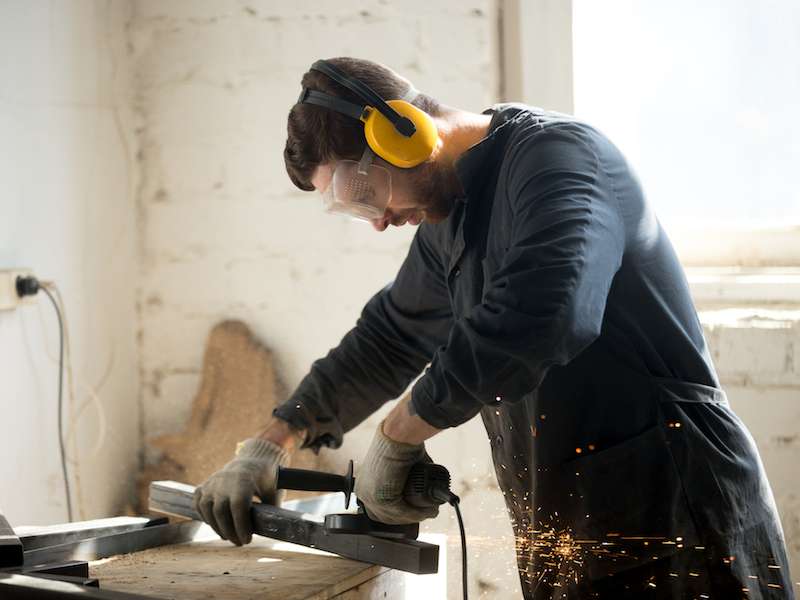
What hinders your hearing protection from working correctly? Watch for these three things.
Despite your best attempts, you can sometimes run into things that can mess with your hearing protection, both at home and at work. That’s hard to deal with. You’re attempting to do the right thing after all. You put on your earmuffs every day while working; you use earplugs when you attend a concert; and you stay away from your raucous Uncle Joe who is always yelling in your ears (although, maybe you just don’t really like Uncle Joe).
The point is, it can be rather aggravating when you’re doing everything correctly and still there are obstacles. The good thing is that once you know about a few of these simple challenges that can interfere with your hearing protection, you can better prepare yourself. And this will keep your hearing protection in a state of efficiency even when you’re experiencing a bit of trouble.
1. Wearing The Wrong Kind of Hearing Protection
Ear protection is available in two basic kinds: earmuffs and earplugs. As the names might imply, earplugs are small and can be inserted directly into the ear canal. Earmuffs are like big headphones with no music (instead, they, you know, safeguard your ears).
- Earplugs are encouraged when you’re in a place where the sound is fairly constant.
- Earmuffs are advised in cases where loud sounds are more sporadic.
The reasons for that are pretty obvious: you’ll want to remove your hearing protection when it isn’t noisy, and that’s easier to do with earmuffs than earplugs. Earplugs take a bit more work to put in and are easy to lose track of so you could find yourself needing to replace lost plugs when you really need them.
Use the right kind of hearing protection in the appropriate situation and you should be okay.
2. Your Hearing Protection Can be Affected by Your Anatomy
There are many variables in human anatomy from person to person. That’s why your Uncle Joe has such a large set of vocal cords and your vocal cords are more normal sized. It’s also why your ear canal may be smaller than the average individual’s.
And that can hinder your ear protection. Disposable earplugs, for instance, are made with a clothing mindset: small, medium, and large (if not one-size-fits-all). And so if you have particularly tiny ear canals, you might have a tough time making earplugs fit, causing you to give up entirely and throw the earplugs away in frustration.
If you find yourself in this situation, you might turn away from the hearing protection you were trying to give yourself, leaving you in danger of hearing damage. The same thing can occur if, for instance, your ears are a bit larger, making earmuff style protectors uncomfortable. If you’re in a noisy setting regularly, it may be worth investing in custom ear protection tailored to your ears.
3. Assess Your Hearing Protection For Signs of Wear
If you’re using your hearing protection daily, you should give yourself a pat on the back. But day-to-day usage will cause wear and tear to your hearing protection which you need to keep close track of.
- Check the band on earmuff protection. When the elastic is worn out and the band is failing to hold the earmuffs snug, it’s time to replace the band.
- Clean your hearing protection. Ears aren’t really the cleanest part of your body (ear wax serves a good purpose and all, but it’s still kind of… gross). Be certain you clean your hearing protection thoroughly by taking them apart before you cleanse them. Be careful not to drop your earplugs into the drain.
- When they lose their pliability, replace the cushions on your earmuffs.
Ensuring you carry out regular maintenance on your hearing protection is imperative if you want to continue benefiting from that protection. It’s important that you have a consultation with us if you have any questions on how to care for your hearing protection or want to know more about the things that can impede their performance.
You need your hearing. It’s worth taking the time to protect it properly.
